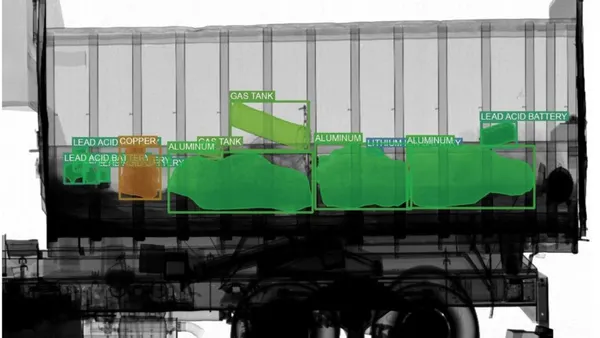Dive Brief:
- A study published by researchers at Yale University in the journal Nature Climate Change determined that 289 million tons of waste was sent to landfills in 2012, more than twice the U.S. Environmental Protection Agency's figure of 135 million tons. The researchers calculated the amounts of waste, based mostly on weight, at more than 1,200 landfills.
- Jon Powell at Yale's Center for Industrial Ecology said the team added up actual measurements from landfill records instead of basing estimates on what businesses told the government indirectly. The EPA, which partially funded the study, began requiring most landfills in 2010 to measure and report how much trash was going into dumps, as part of an effort to lower methane emissions.
- The Yale team calculated that 294 million tons of waste went to landfills in 2013 — 1,871 pounds per person per year, based on a 316 million population. That means the U.S. recycling rate is 21.4%, well under the EPA's widely reported 34.5%.
Dive Insight:
ABC reported that Thomas Kinnaman, a Bucknell University professor who studies the economics of solid waste and recycling, noted that landfills have room to expand, so the numbers might not matter much. He also said Americans don't produce much more waste than other cultures.
Additionally, Powell said a sampling of the study showed 12.8% of the material in the landfill is construction and demolition debris. As for this type of waste, its CAGR is increasing along with many other sectors in the waste management market. The same can be said for electronic waste.
Whether the rate is 21.4% or 34.5%, Americans aren't recycling enough. It goes beyond excuses of landfill capacity, because much of what is filling the landfill can be recycled. Organic waste can also be composted, which has economic and environmental benefits. Overall, zero waste should continue to be the goal for municipalities across the nation.













